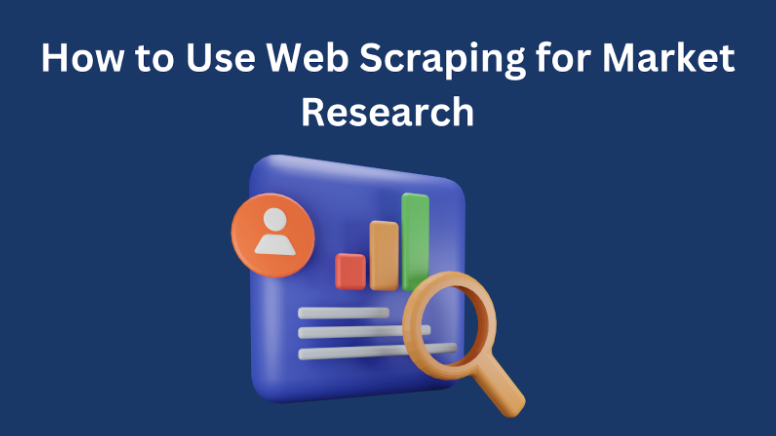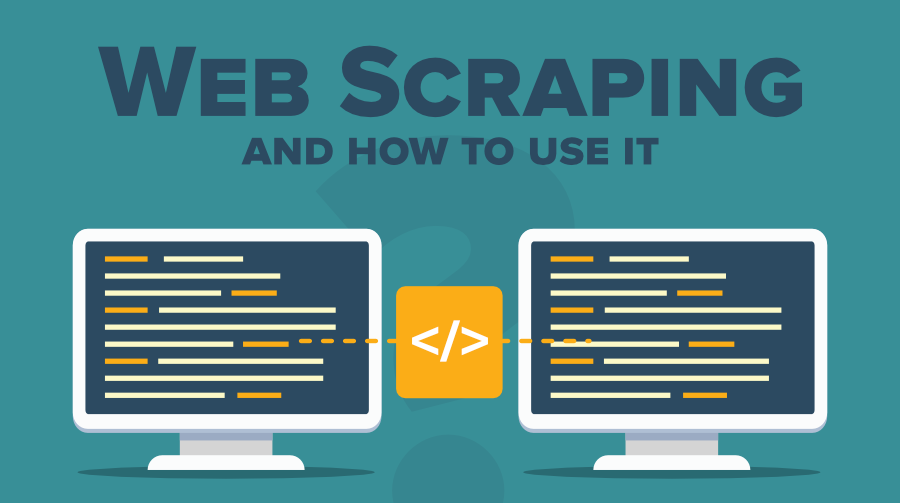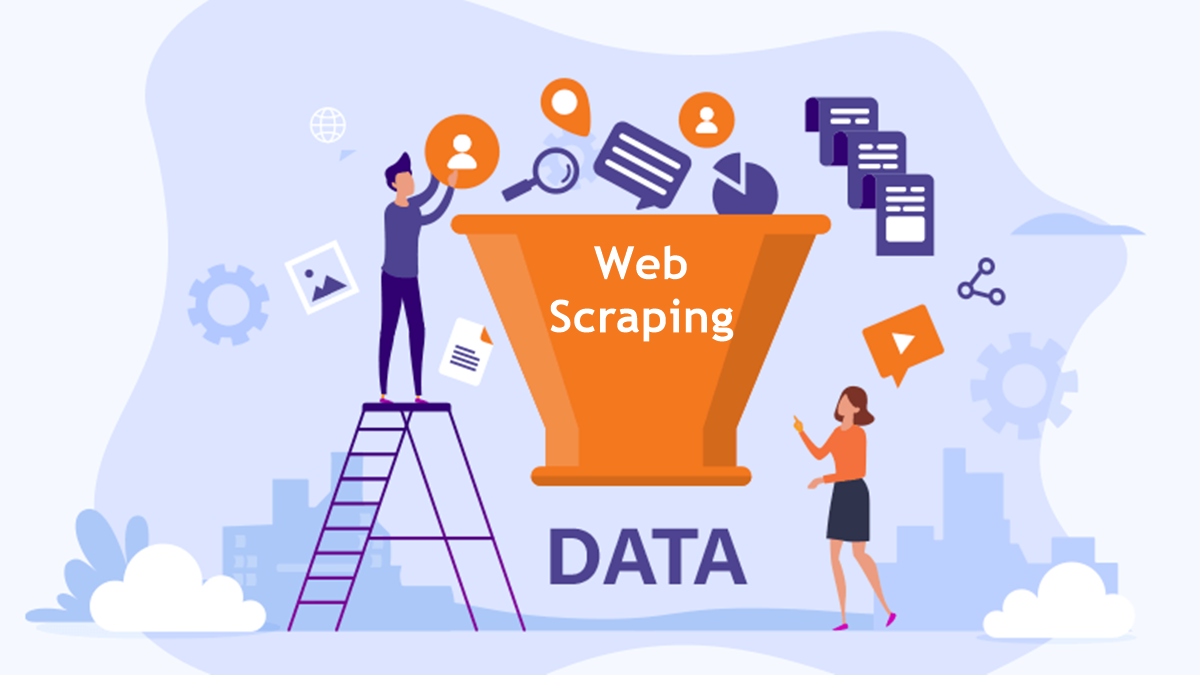During data-driven decision-making, the methods we employ to gather information play a pivotal role. Traditional data-gathering methods have long been the go-to, but the emergence of Web Scraping APIs has introduced a new dimension to the efficiency game. In this exploration, we’ll dissect the nuances of Web Scraping APIs versus traditional methods, unraveling the efficiency they bring to the dynamic world of data gathering.
Enter Web Scraping APIs:
Web Scraping API represents a paradigm shift in the way we approach data gathering. These APIs automate the extraction of data from websites, allowing for faster and more accurate retrieval. Unlike the manual processes of traditional methods, Web Scraping APIs can traverse websites, identify relevant information, and pull data in a structured format, all within seconds.
The Legacy of Traditional Methods:
Traditionally, data gathering involved manual processes, often characterized by painstakingly combing through websites, copying and pasting information, or relying on pre-existing datasets. While these methods have served us well, they come with inherent limitations in terms of speed, scalability, and the potential for errors introduced during manual extraction.
Efficiency in Speed and Scale:
One of the most notable advantages of Web Scraping APIs is their ability to operate at unparalleled speeds. While traditional methods rely on human intervention, APIs can rapidly navigate through multiple pages and extract data, making the process significantly faster. Moreover, Web Scraping APIs are scalable, allowing for the extraction of vast amounts of data in a fraction of the time it would take using traditional approaches.
Accuracy and Consistency:
Human error is an inherent risk in traditional data-gathering methods. Typos, oversight, and inconsistencies can creep in, impacting the reliability of the collected data. Web Scraping APIs, on the other hand, operate with precision. They follow predefined rules and patterns, ensuring that data extraction is not only accurate but also consistent across different datasets.
Dynamic Data Handling:
The internet is a dynamic landscape where websites frequently update their content and structure. Traditional methods struggle to adapt to these changes, often requiring manual adjustments. Web Scraping APIs, designed to handle dynamic content, can adjust to changes in website structures, ensuring uninterrupted data extraction even as websites evolve.
Cost-Effectiveness:
While traditional methods demand time and human resources, Web Scraping APIs offer a cost-effective alternative. Once set up, APIs can operate autonomously, reducing the need for continuous manual intervention. This cost efficiency is especially pronounced when dealing with large-scale data-gathering projects.
Navigating Legal and Ethical Considerations:
As we tread into the realm of data gathering, it’s essential to address the legal and ethical considerations. Traditional methods, being manual, often operate in a gray area, relying on the terms of service of websites. Web Scraping APIs, when used responsibly and in accordance with ethical guidelines, can provide a more transparent and compliant approach to data extraction.
Challenges in the World of Web Scraping APIs:
Despite their advantages, Web Scraping APIs are not without challenges. Websites may implement measures to block or limit automated access, requiring users to be mindful of scraping policies and legal boundaries. Striking a balance between efficient data extraction and respectful use of web resources is crucial in maintaining the integrity of both data and the online ecosystem.
Real-World Applications:
To understand the impact of this efficiency shift, let’s explore real-world applications. Consider a business monitoring competitor pricing. Traditional methods would involve manually checking competitor websites, a time-consuming task prone to errors. With a Web Scraping API, this process can be automated, providing real-time, accurate pricing data for strategic decision-making.
Conclusion:
The debate between Web Scraping APIs and traditional methods isn’t just about speed; it’s about efficiency, accuracy, and scalability. While traditional methods have been the stalwarts of data gathering, Web Scraping APIs introduce a dynamic and automated approach that aligns seamlessly with the demands of today’s information age. As we navigate this landscape, understanding the strengths and limitations of each method is key to choosing the most efficient path for data gathering endeavors. Whether it’s the meticulous touch of traditional methods or the automated precision of Web Scraping APIs, the goal remains constant: to extract meaningful insights that drive informed decision-making in an ever-evolving digital era.



